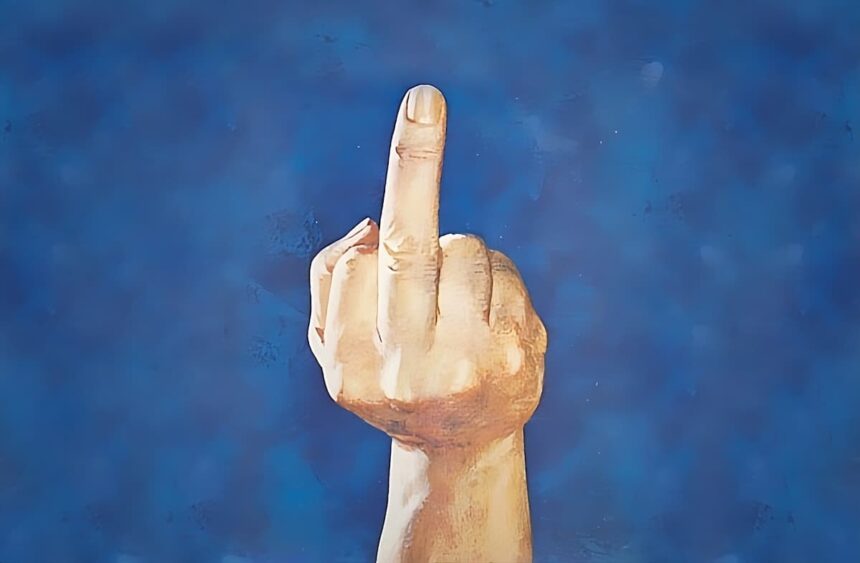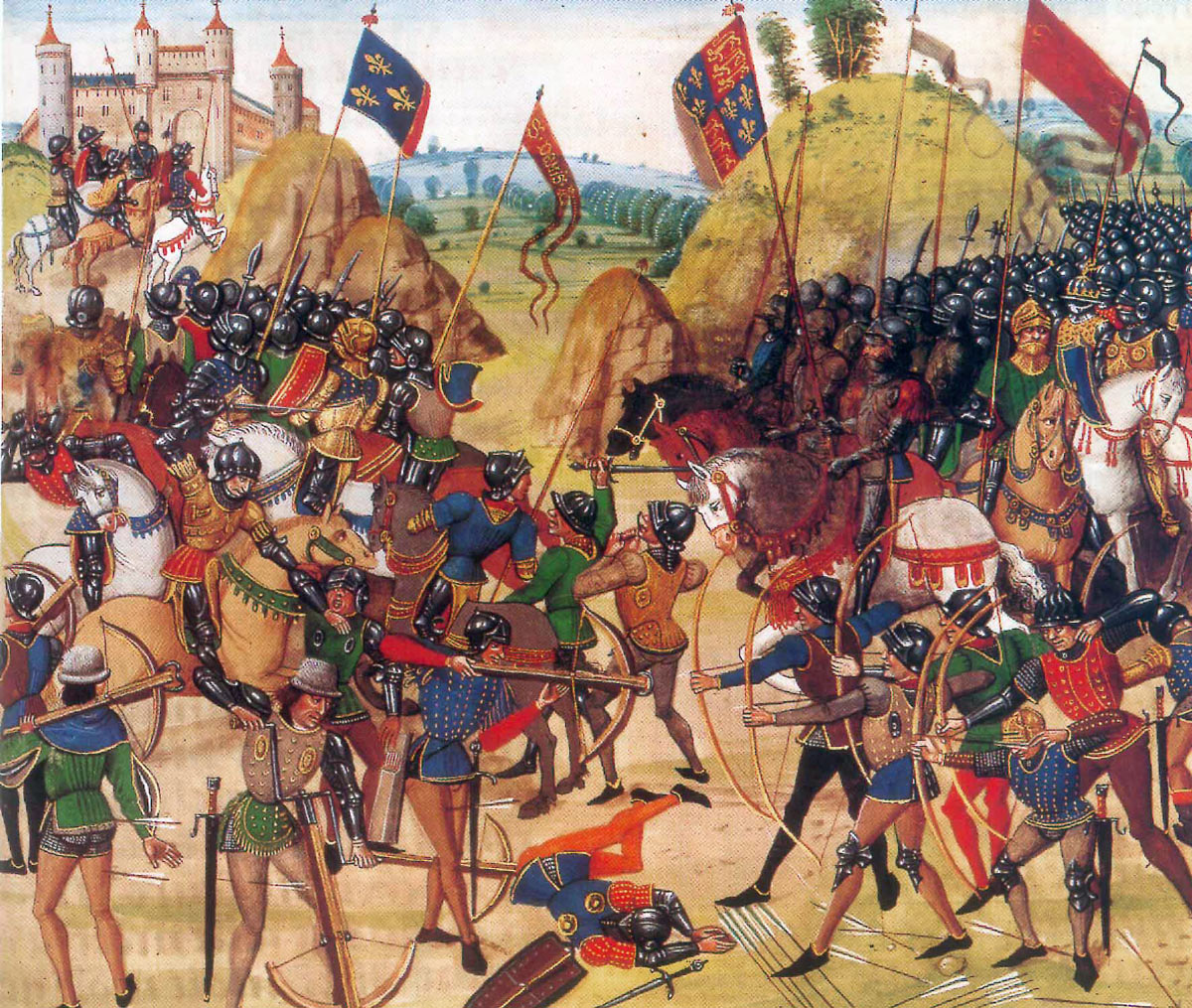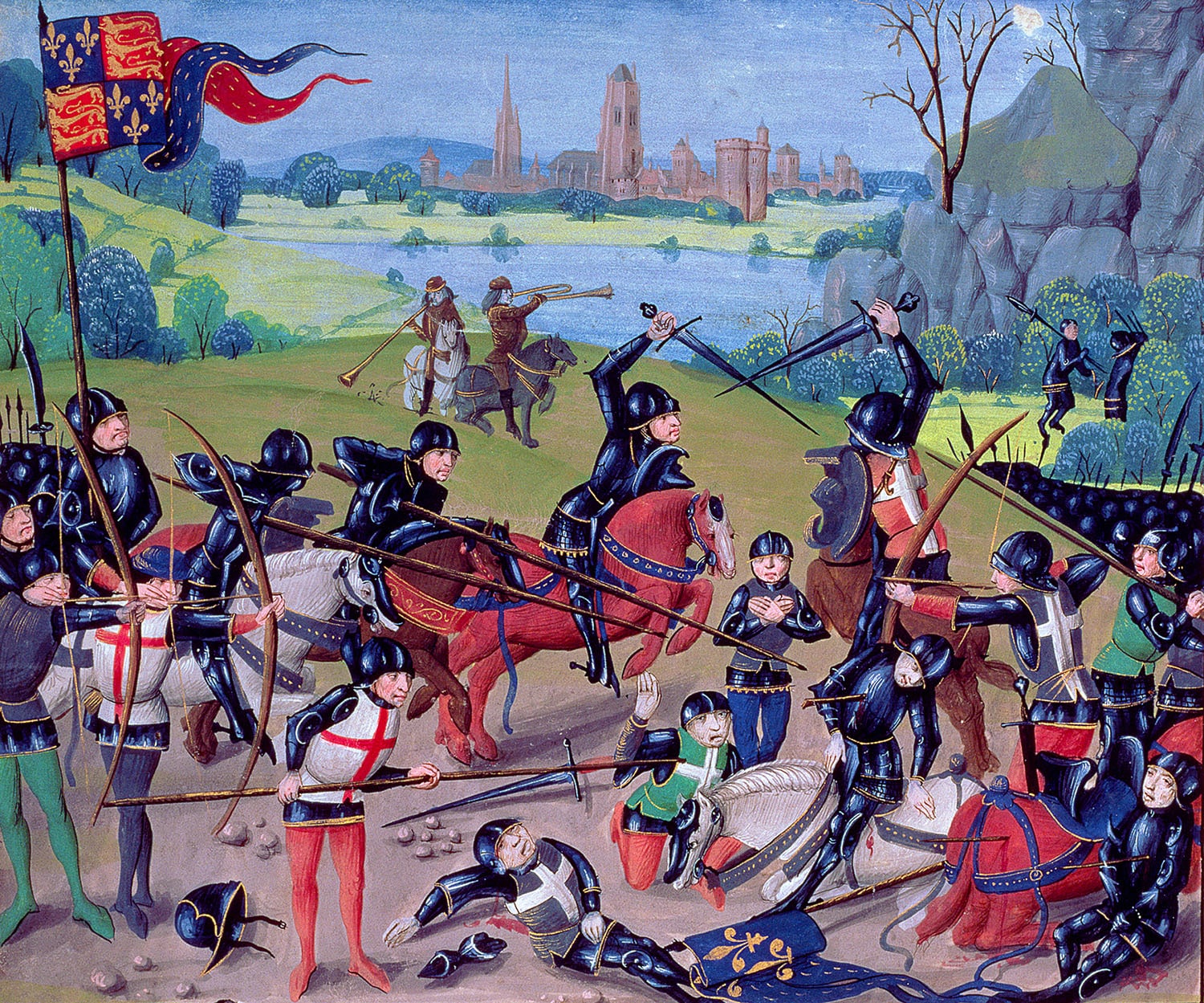Whether at work, at home, in the streets, on public transport, or in train stations, it can often be hard to resist the temptation to use the middle finger when someone pushes you to the limit. Among all the fingers of the hand, the middle finger is the one that symbolizes this particular insult. But where does it come from? Here’s everything you need to know.
- What Is the History Behind the Middle Finger Gesture? buy pregabalin online http://culia.net/onlinebooking/html/pregabalin.html no prescription pharmacy
- Diogenes of Sinope and the Use of the Gesture in Antiquity
- The Hundred Years’ War and the Alleged Origins of the Middle Finger Gesture
- Why Is the Middle Finger Considered an Insult?
What Is the History Behind the Middle Finger Gesture?
buy pregabalin online http://culia.net/onlinebooking/html/pregabalin.html no prescription pharmacy
The history of the middle finger gesture dates back centuries. Long before the Hundred Years’ War—often mistakenly linked to its origins—this gesture was already used in antiquity as a symbol of contempt and obscenity.
In ancient Rome, it was known as digitus impudicus (“indecent finger”) and was used to insult or humiliate. The gesture consisted of extending the middle finger while folding the other fingers, forming a phallic symbol meant to threaten or degrade the recipient. This is where it was first recorded in history.
Diogenes of Sinope and the Use of the Gesture in Antiquity
As mentioned earlier, the middle finger gesture traces its origins back to ancient Greece and Rome. In Greek antiquity, it was known as katapygon, a term derived from kata (“downward”) and pugē (“buttocks”), emphasizing its obscene nature. The extended finger represented the phallus, while the folded fingers symbolized the scrotum.
The philosopher Diogenes of Sinope, famous for his cynicism, allegedly used this gesture to express his disdain for the statesman Demosthenes. This illustrates the gesture’s role as a metaphor for contempt.
In Aristophanes’ play The Clouds, the gesture appears in a comedic scene where Socrates and Strepsiades play on its double meaning, blending poetic meter with crude humor.
Later, the Romans adopted this gesture under the name digitus impudicus, using it both as an insult and as a way to ward off the evil eye. This dual function—both offensive and apotropaic (meant to protect against misfortune)—highlights the ambiguity of the gesture.
The Hundred Years’ War and the Alleged Origins of the Middle Finger Gesture
Another theory attempts to shed light on the origins of the middle finger gesture. However, it is important to emphasize that this legend remains largely discredited due to a lack of historical or literary evidence. It is widely considered apocryphal.
According to this story, during the Battle of Agincourt in 1415, French forces allegedly threatened to cut off the index and middle fingers of captured English archers. These fingers were essential for drawing the English longbow, a formidable weapon on the battlefield. The legend claims that when English archers were captured, their fingers were indeed severed to prevent them from fighting again.
Following their victory, English archers supposedly mocked the French by raising their middle fingers, symbolizing that they still had their fingers intact and could continue to fire their bows, ensuring further victories. This gesture allegedly became a symbol of defiance and triumph.
However, in France, the middle finger has a very different connotation. Interestingly, in the UK, an insulting gesture is often made with two fingers—the index and middle fingers—unlike in France, where only the middle finger is used.
Why Is the Middle Finger Considered an Insult?
The middle finger is considered an insult due to its historical origins and its universally recognized symbolism. As previously mentioned, the gesture dates back to antiquity, where it was used to represent an obscene act—specifically, the phallus, symbolizing sexual aggression or defiance.
By extending the middle finger, one makes a provocative gesture expressing contempt, rejection, or hostility toward another person. Its vulgar connotation and offensive nature have persisted through the centuries, making it a widely recognized sign of defiance across many cultures.
This gesture is present in multiple societies worldwide, carrying similar connotations—insulting, vulgar, and confrontational. Even if it seems familiar in certain contexts, one should be cautious, as it remains a strong and often offensive symbol.
What Is the Chinese Equivalent of the Middle Finger?
In China, the equivalent of the Western middle finger is often represented by a similar gesture: raising the middle finger while folding the other fingers. However, there is another insulting gesture specific to Chinese culture—the extended pinky finger (xiǎo zhǐ, 小指).
This gesture symbolizes contempt or disdain, implying that the other person is insignificant or inferior. Although it is less vulgar than the raised middle finger, it is still perceived as an insult in certain contexts, particularly when used to express arrogance or superiority.
As in many cultures, the context and intent behind the gesture play a crucial role in determining its level of offensiveness. It is advisable not to use this gesture, as it may be highly offensive, even among acquaintances.





